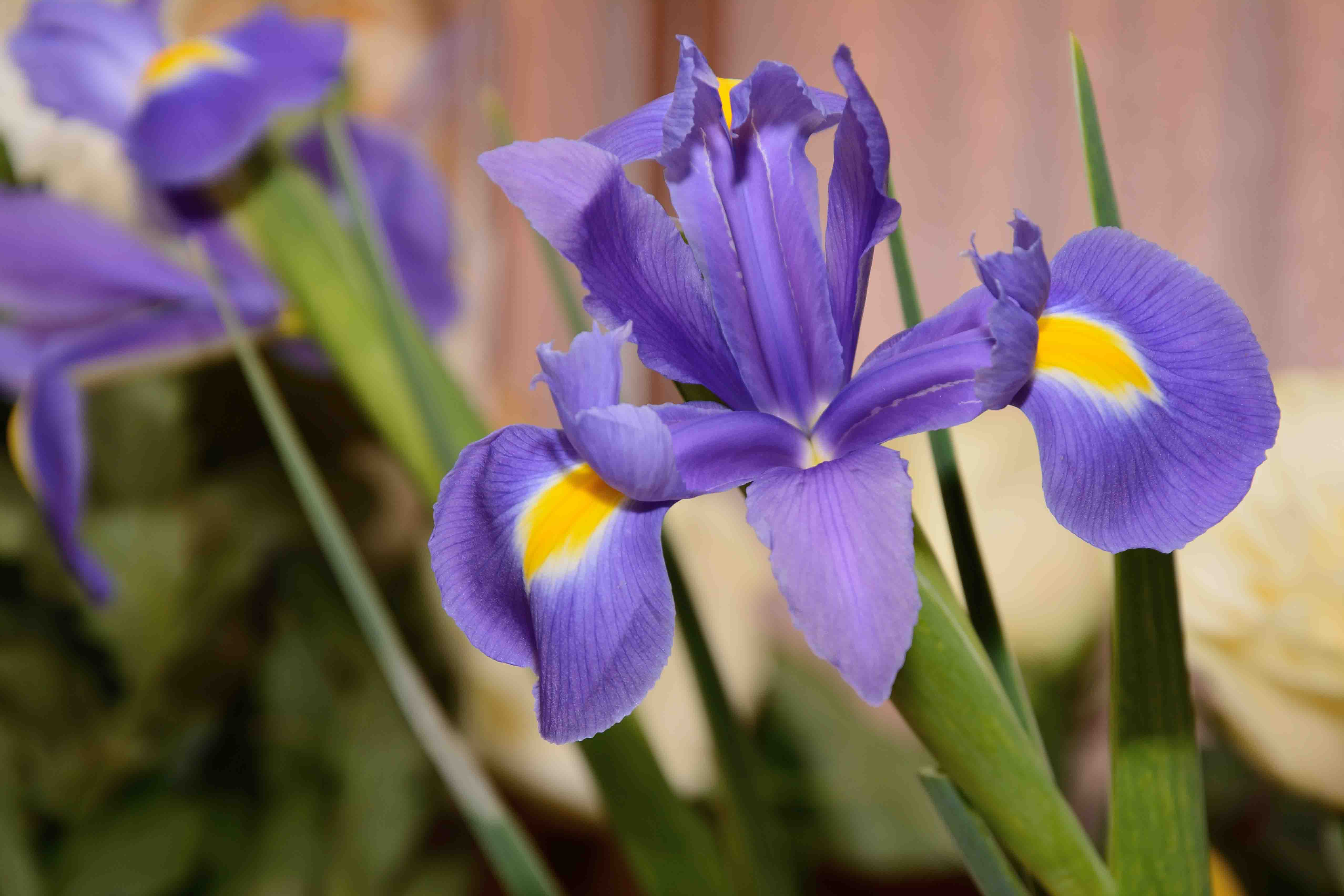Throughout history Christian artists have used different parts of the natural world to convey various types of spiritual symbolism. They recognized how every aspect of creation speaks of the glory of God and utilized it to deepen the meaning hidden in their artwork.

Read more:
5 Fruits in art and their spiritual symbolism
One part of nature that appears frequently in Christian art is the flower. Flowers are everywhere in creation and their beauty has always captured the imagination.
Here are five different types of flowers that artists have used over the centuries to represent different spiritual truths.

Anemone
In Greek mythology the anemone was associated with sorrow and death. This was due in part to the story of Adonis’ death, after which a bed of anemones grew. In a similar vein Christian artists used this flower in depictions of the crucifixion. There is even one story that claims anemones started to grow on the spot of Calvary after Jesus died on the cross.

Carnation
A common flower used for various occasions, the red carnation in art symbolized pure love, while the pink was used as a symbol of marriage. Carnations also stood, in wordplay, for the mystery of the Incarnation.

Iris
Closely associated with the Blessed Virgin Mary, the iris is sometimes called the “sword lily,” and for this reason was used most often in connection with Our Lady of Sorrows.

Lily
One of the most common flowers found in Christian art, the lily symbolizes purity, and saints who are known for their purity are usually depicted holding a lily. Sometimes the Child Jesus is shown giving a saint a lily in honor of their purity. It is also frequently used in depictions of the Annunciation.

Rose
In Roman mythology the rose was the flower of Venus, the goddess of love. In Christian art the red rose was associated with martyrdom, while the white rose symbolized purity. It is also used to represent heavenly joy when worn as a crown by saints, while its thorns often point to Original Sin. The Blessed Virgin Mary is sometimes called the “rose without thorns.”

